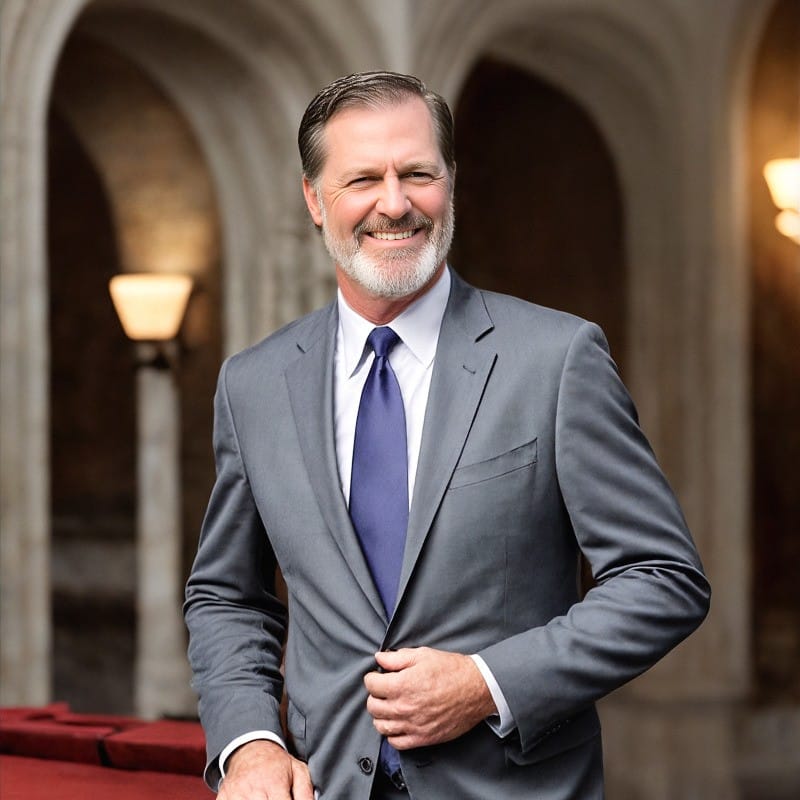As personal injury lawyers, we see the devastating impact that motorcycle accidents have on motorcycle riders and their families. Nationwide and in California, the month of May has been designated as Motorcycle Safety Awareness Month. We applaud the month-long efforts of local governments, law enforcement agencies, insurance companies, and motorcyclist associations to encourage the operators of all vehicles, large and small, to “share the road.”
California motorcycle accidents
More than 830,000 motorcycles are registered in California and more than 1.4 million Californians are licensed to ride them. Ideally, it would be just as safe for motorcycle riders to use the roads as it is for drivers of four-wheel vehicles. Unfortunately, that is not the case. Per vehicle mile traveled, the fatality rate is 26 times higher for motorcyclists than for occupants of other vehicles. During 2012, California motorcycle accidents caused 475 deaths and more than 13,000 injuries. The recent death of a motorcyclist in Antioch from head injuries should remind motorcyclists to ride with care. Other recent Bay Area deaths caused by collisions with motorcycles point to the need for drivers to be aware that they are sharing California’s roads with motorcycle riders.“Share the road” safety tips for drivers
Because we represent injured motorcycle riders and the family members of riders whose wrongful deaths were caused by careless drivers, we understand how vulnerable motorcyclists are when they collide with other vehicles. Since motorcycles are less visible than cars and trucks, drivers who are not attentive to traffic often fail to observe them until it is too late to avoid a collision. To reduce the number of motorcycle accidents on California’s streets and highways, we urge all drivers to follow these simple rules:- Never make a lane change without checking your blind spot. That means looking over your shoulder, not just glancing in the rearview or side mirror.
- Always signal your lane changes.
- Never tailgate motorcycles. Give yourself time to stop in case the motorcyclist encounters an emergency. Remember that there is no such thing as a “fender bender” when you are following a motorcycle.
- If you are making a left turn at an intersection and see an oncoming motorcycle, do not turn until the motorcycle has cleared the intersection, even if you believe you can do so safely. Drivers often underestimate the speed of approaching motorcycles.
- Look carefully for oncoming motorcycles before you pull out of a driveway or merge onto a freeway. Keep your eyes on the road while driving. Do not be distracted by mobile phones, GPS devices, or other gadgets that demand your attention. You will not see motorcycles unless you watch for them.
- Do not leave anything in your truck bed that might blow onto the road. Do not throw cigarette butts or anything else out of your car window. Debris on the road and flying objects pose serious hazards to motorcycle riders.
Safety tips for motorcyclists
As personal injury lawyers, we represent motorcycle riders who suffered serious head injuries, spinal injuries, eye injuries, facial scarring, broken bones, and other serious injuries caused by negligent drivers. Some accidents are unavoidable, but there are steps that motorcyclists can take to reduce their risk when they ride on California highways.-
- First and foremost, wear a helmet. Riders reduce the risk of sustaining a fatal head injury by one-third when they wear a DOT-approved helmet.
- Make yourself visible. Wearing bright, reflective colors will make it easier for drivers to see you.
- Ride defensively. Always assume that drivers are unaware of your presence. When approaching an intersection, anticipate that an oncoming driver might turn left in front of you.
- Do not linger in blind spots.
- Signal every turn.
- Avoid lane splitting, particularly if you are a new or inexperienced rider.
- Make sure you have sufficient training before you take to the highway. The California Motorcyclist Safety ProgThe team, administered by the California Highway Patrol, makes training courses available to both new and experienced motorcycle riders
